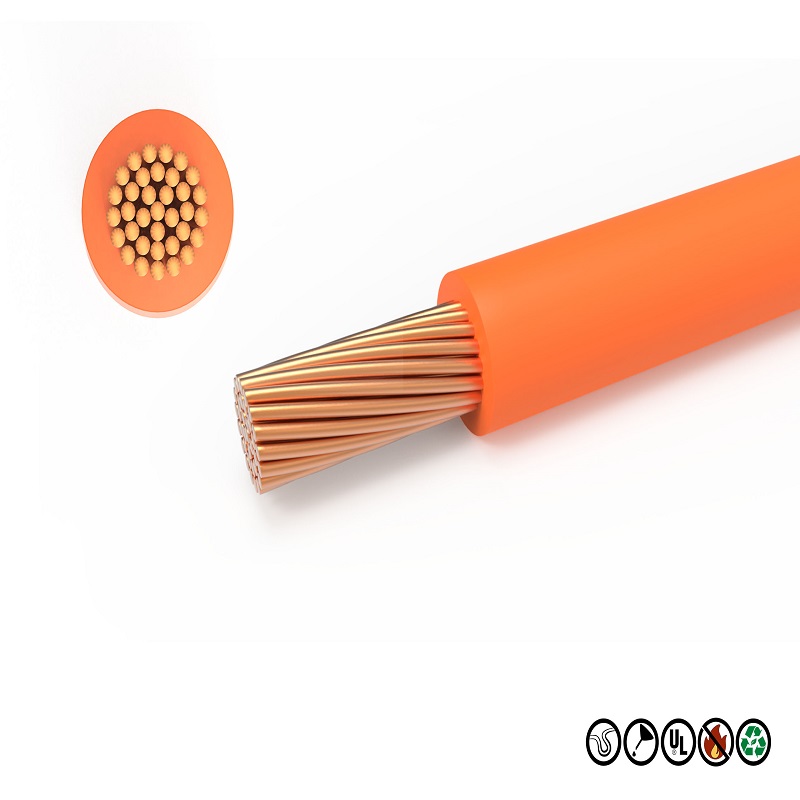Cable safety is a key concern across industries, especially when it comes to low-smoke and halogen-free power cable marking. Low Smoke Halogen Free (LSHF) cables are designed to minimize the release of toxic smoke and gases in the event of a fire, making them a safer option for enclosed or densely populated spaces. Identifying these cables is critical to ensuring the safety and compliance of your electrical installation.So how to identify low-smoke halogen-free flame retardant wires? Next,we will take you to understand the identification method of low smoke halogen-free flame retardant wire.
1.Insulation surface burning method. The insulation layer should be ironed without obvious depression, and if there is a large depression, it indicates that the material or process used in the insulation layer is defective. Or barbecue with a lighter, under normal circumstances should be not easy to ignite, the insulation layer of the cable is still relatively complete after a long time of burning, there is no smoke and irritating odor, and the diameter has increased. If it is easy to ignite, you can be sure that the insulation layer of the cable is not made of low-smoke halogen-free materials (most likely polyethylene or crosslinked polyethylene). If there is a large smoke, it means that the insulation layer is using halogenated materials. If after a long time of combustion, the insulation surface is seriously shed, and the diameter is not significantly increased, it indicates that there is no appropriate irradiation crosslinking process treatment.
2.Density comparison method.According to the density of water, the plastic material is placed in water. If it sinks, the plastic is denser than water, and if it floats, the plastic is denser than water. This method can be used in combination with other methods.
3.Identification of low smoke halogen-free flame retardant line by hot water soaking. The wire core or cable is soaked in hot water at 90 ℃, usually, the insulation resistance will not drop rapidly, and remain above 0.1MΩ/Km. If the insulation resistance drops even below 0.009MΩ/Km, it indicates that the appropriate irradiation crosslinking process has not been used.
Post time: Aug-19-2024


